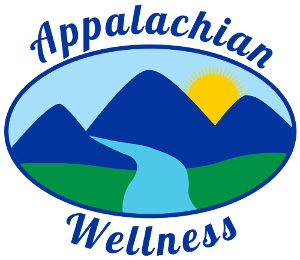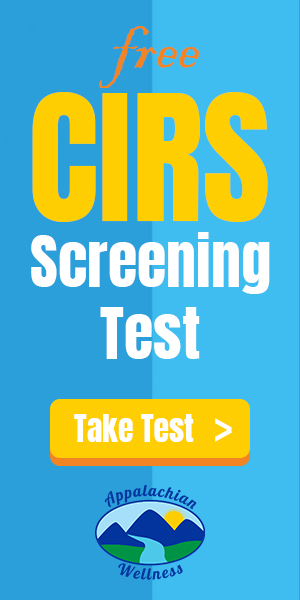Comment; IM is better than IN as a route for emergency delivery of Naloxone to reverse opioid overdose.
Paul Dietze, PhD1,2; Marianne Jauncey, MPH (Hons)3; Allison Salmon, PhD3; et alMohammadreza Mohebbi, PhD4; Julie Latimer, BN (Hons)3; Ingrid van Beek, MD5,6; Colette McGrath, MHM7; Debra Kerr, PhD8Author AffiliationsArticle InformationJAMA Netw Open. 2019;2(11):e1914977. doi:10.1001/jamanetworkopen.2019.14977Key Points Español 中文 (Chinese)
Question Is 800 μg of naloxone hydrochloride administered intranasally as effective in reversing opioid overdose as the same dose administered intramuscularly?
Findings In this double-blind, double-dummy randomized clinical trial of 197 clients in a medically supervised injecting facility, significantly more clients who received naloxone intranasally required a rescue dose of naloxone compared with clients given naloxone intramuscularly, reflecting a slower time to respond in terms of improved respiration and consciousness among the intranasal group.
Meaning This trial found that the same dose of naloxone given intranasally was not as effective as naloxone given intramuscularly in reversing opioid overdose, suggesting that further work is needed to establish the optimal dose of nasal naloxone.Abstract
Importance Previous unblinded clinical trials suggested that the intranasal route of naloxone hydrochloride was inferior to the widely used intramuscular route for the reversal of opioid overdose.
Objective To test whether a dose of naloxone administered intranasally is as effective as the same dose of intramuscularly administered naloxone in reversing opioid overdose.
Design, Setting, and Participants A double-blind, double-dummy randomized clinical trial was conducted at the Uniting Medically Supervised Injecting Centre in Sydney, Australia. Clients of the center were recruited to participate from February 1, 2012, to January 3, 2017. Eligible clients were aged 18 years or older with a history of injecting drug use (n = 197). Intention-to-treat analysis was performed for all participants who received both intranasal and intramuscular modes of treatment (active or placebo).
Interventions Clients were randomized to receive 1 of 2 treatments: (1) intranasal administration of naloxone hydrochloride 800 μg per 1 mL and intramuscular administration of placebo 1 mL or (2) intramuscular administration of naloxone hydrochloride 800 μg per 1 mL and intranasal administration of placebo 1 mL.
Main Outcomes and Measures The primary outcome measure was the need for a rescue dose of intramuscular naloxone hydrochloride (800 μg) 10 minutes after the initial treatment. Secondary outcome measures included time to adequate respiratory rate greater than or equal to 10 breaths per minute and time to Glasgow Coma Scale score greater than or equal to 13.
Results A total of 197 clients (173 [87.8%] male; mean [SD] age, 34.0 [7.82] years) completed the trial, of whom 93 (47.2%) were randomized to intramuscular naloxone dose and 104 (52.8%) to intranasal naloxone dose. Clients randomized to intramuscular naloxone administration were less likely to require a rescue dose of naloxone compared with clients randomized to intranasal naloxone administration (8 [8.6%] vs 24 [23.1%]; odds ratio, 0.35; 95% CI, 0.15-0.66; P = .002). A 65% increase in hazard (hazard ratio, 1.65; 95% CI, 1.21-2.25; P = .002) for time to respiratory rate of at least 10 and an 81% increase in hazard (hazard ratio, 1.81; 95% CI, 1.28-2.56; P = .001) for time to Glasgow Coma Scale score of at least 13 were observed for the group receiving intranasal naloxone compared with the group receiving intramuscular naloxone. No major adverse events were reported for either group.
Conclusions and Relevance This trial showed that intranasally administered naloxone in a supervised injecting facility can reverse opioid overdose but not as efficiently as intramuscularly administered naloxone can, findings that largely replicate those of previous unblinded clinical trials. These results suggest that determining the optimal dose and concentration of intranasal naloxone to respond to opioid overdose in real-world conditions is an international priority.
Trial Registration anzctr.org.au Identifier: ACTRN12611000852954.
- COVID UPDATE: What is the truth? - 2022-11-08
- Pathologist Speaks Out About COVID Jab Effects - 2022-07-04
- A Massive Spike in Disability is Most Likely Due to a Wave of Vaccine Injuries - 2022-06-30

